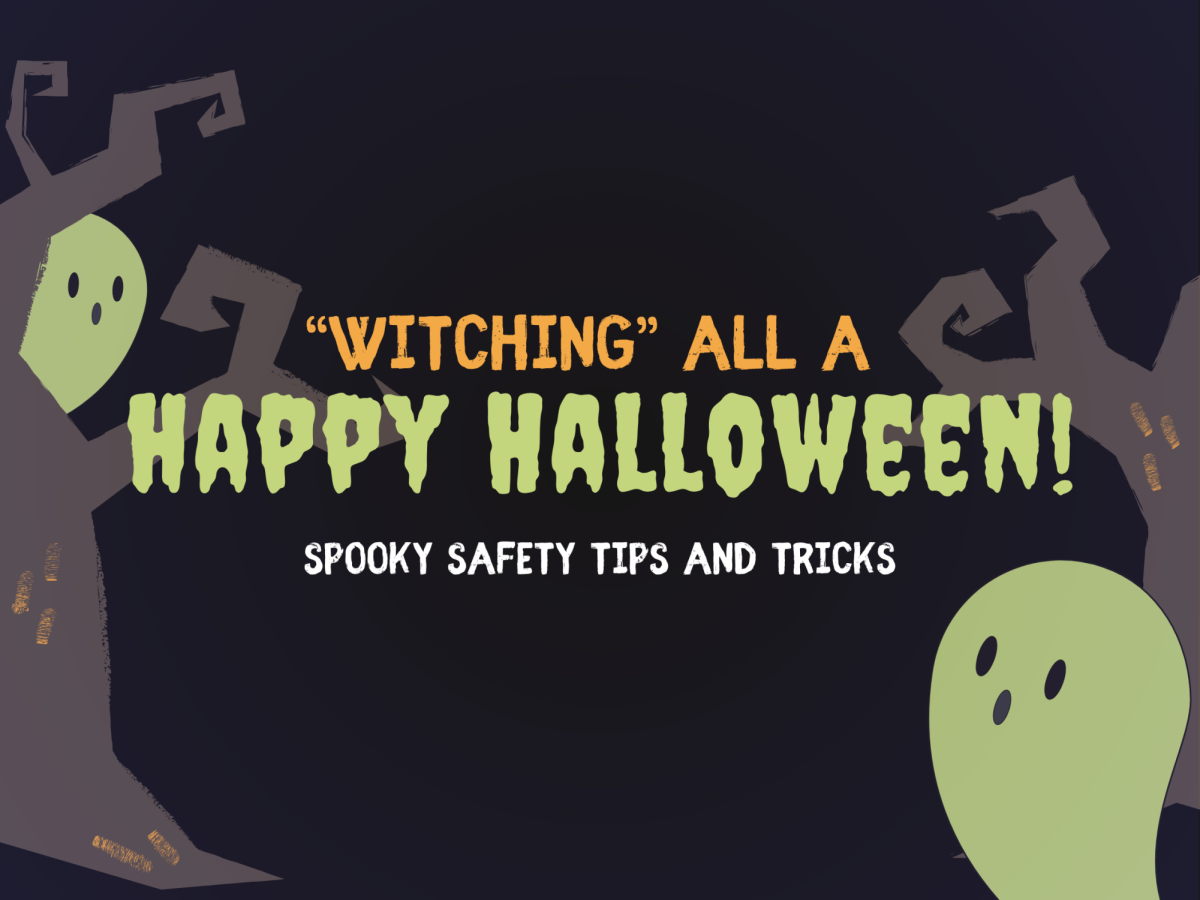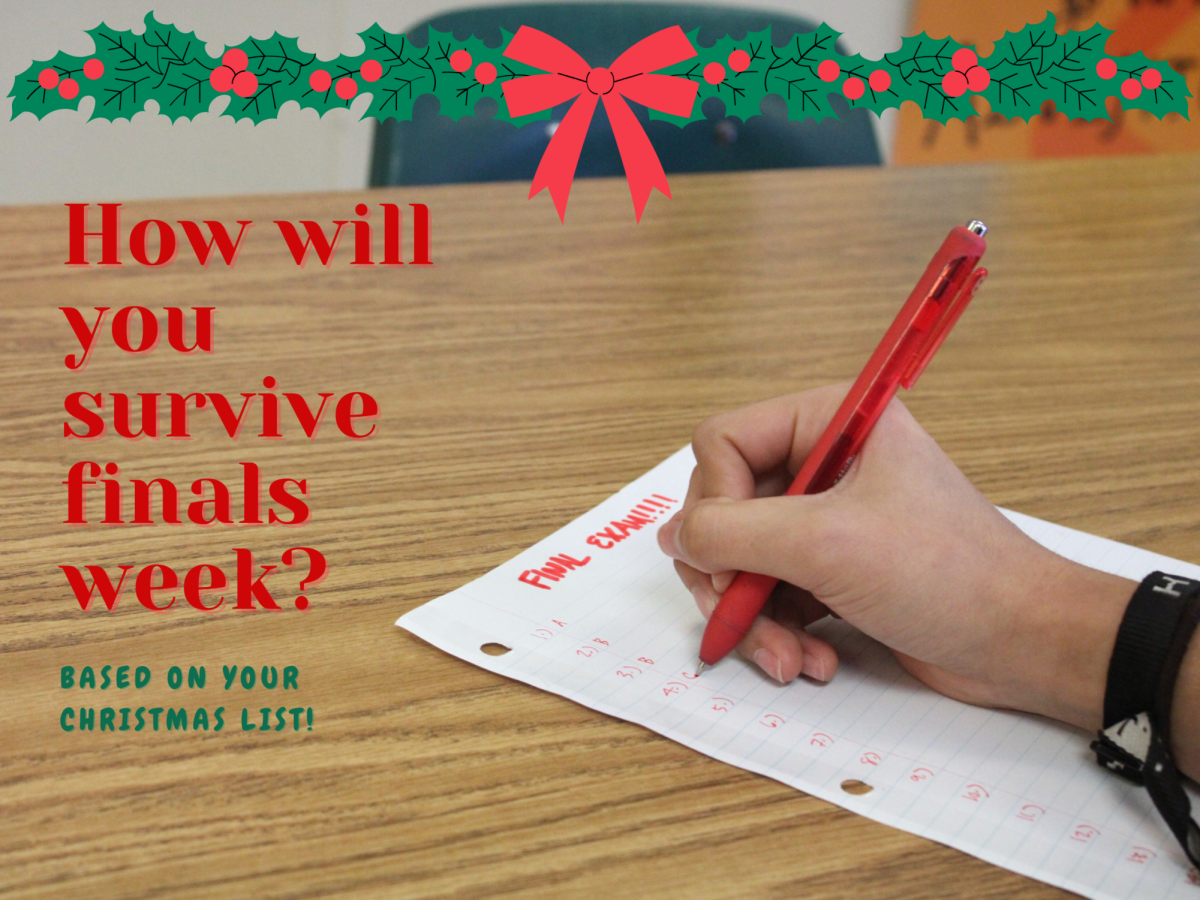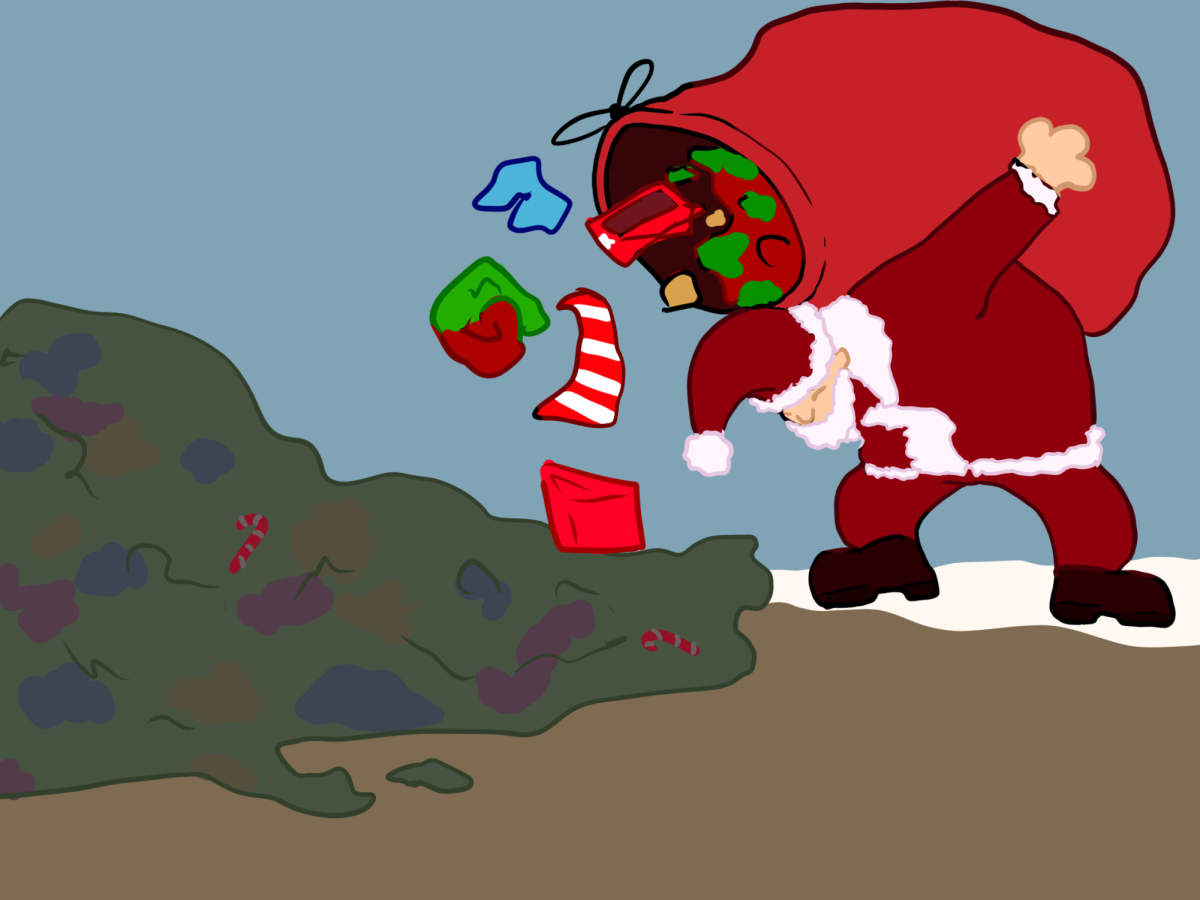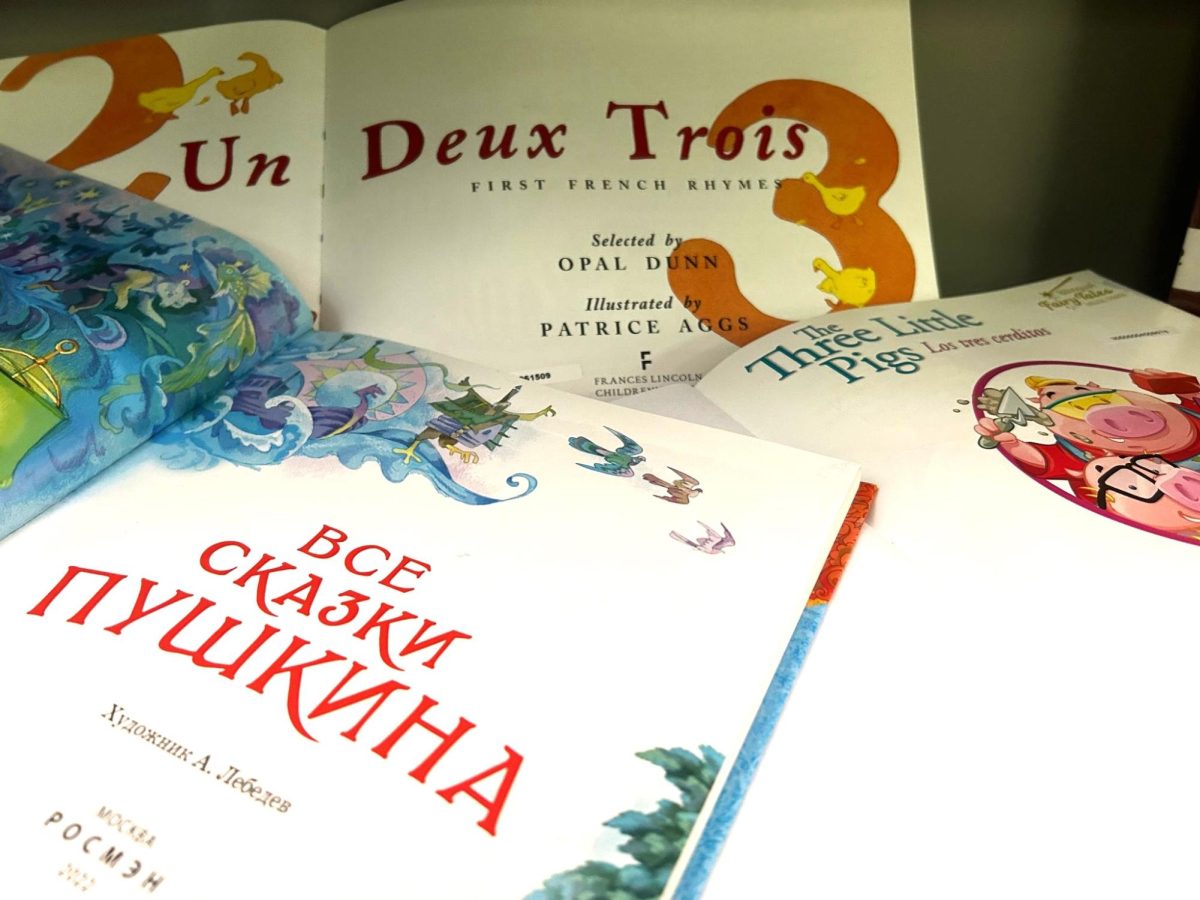Halloween, the third-favorite holiday in the U.S., famously offers delightful tricks and treats to create an entertaining and spooky night for communities across the world. From apple bobbing to visiting a haunted house, frightful festivities await for everyone to enjoy. However, participants may wish to approach Halloween with caution. To ensure a night of fun, rather than genuine horror, all participating in activities would benefit by staying aware of themselves and their surroundings.
A well-known and delightful tradition on Halloween night lies in donning a costume and scouring through neighborhoods on a quest for candy. Low visibility and crowded streets present high risks for trick-or-treaters, though, over double the amount of children pedestrians suffer fatalities on Halloween compared to any other day. Thus, maintaining the visibility of late-night participants helps prevent road accidents.
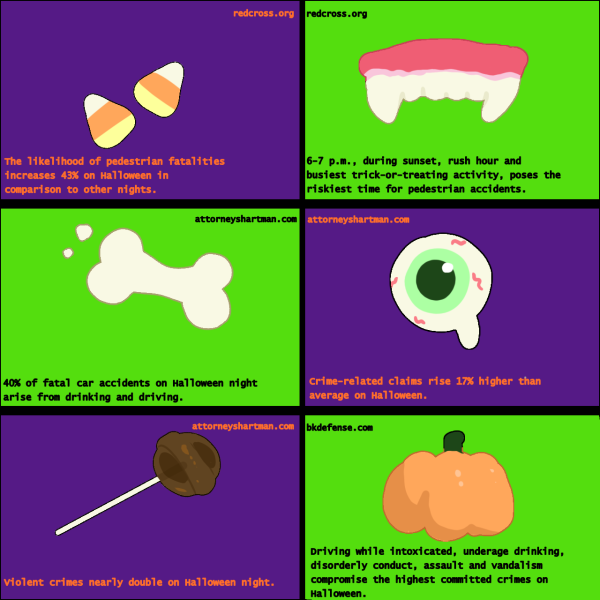
Ensuring the visibility of pedestrians for drivers creates ideal conditions for both parties, and may even provide fun if approached with creativity. Incorporating tools such as reflective tape onto candy buckets, accessorizing costumes with glow sticks and handing out flashlights — especially to phone-less young children — allows trick-or-treaters to enjoy a safe night with glowing adornments, while drivers easily spot them from the road.
“My parents are very protective about Halloween. Whenever I couldn’t go trick-or-treating [my family would] get out glow sticks… It was for safety. My grandma would always say ‘If we give out glow sticks they can see better in the dark’,” sophomore Cassie Cervantes said.
Staying alert of one’s surroundings does not lay solely in the hands of drivers. Especially if wearing a dark, low-visibility costume or a mask that may impair vision, pedestrians may also practice caution. This includes swapping masks for face paint and creating a fun effect that does not obstruct the ability to see one’s surroundings. Flashlights aid in illuminating a trick-or-treater’s path as well, proving its usefulness to parties beyond drivers trying to spot figures in the road.
Above all else, trick-or-treaters benefit from trusting their gut. If a person feels unsafe, in danger or uncomfortable, they may return to well-known areas and remain with familiar faces. Especially if visiting an unfamiliar neighborhood or park, participants can travel within groups of trusted people. Truly, safety thrives in numbers and plays a vital role in warding off dangerous persons so that they can help each other in scary situations. Rather than trick-or-treating alone, enjoying the night with friends and family not only protects safety but leads to a night of laughs and fun.
“On Halloween, I go [trick-or-treating] with maybe four or five people every year, like my friend’s dad and my dad. In [my neighborhood] there are so many people coming in and parking around the neighborhood to trick-or-treat. One Halloween there was a guy lurking around… it could’ve just been anyone but still, it was weird,” freshmen London Orie said.
Danger lies beyond the spooky night streets. After harvesting a sweet candy bounty, trick-or-treaters can inspect their treats before consumption. Candy with damaged wrappers, or lack thereof — including tears, holes or broken seals requires proper disposal. Anything unnervingly different or uncomfortable about a sweet treat calls for caution due to potential drug lacing or germ exposure. Eating a quick snack before or during an inspection may help fight the urge to eat candy before the examination.
Simply following local guidelines, such as those established by neighborhood Homeowners Associations (HOA) or park owners, concerning Halloween additionally promotes the safety of individuals. This includes curfews and quiet hours that control wandering crowds at night and allow non-trick-or-treaters to sleep peacefully. Following rules and regulations helps to keep individuals in safe, watched-over situations. Collective celebrations before midnight provide increased safety in comparison to remaining stragglers out during the witching hour, without the safety of crowds.
Finally, those distributing candy to children may treat their job with care. Illuminating the porch light indicates a household participating in trick-or-treating and lights the path for pedestrians. This saves trick-or-treaters from worrying about the accommodation of a house and leaves sleeping households in peace. Additionally, clearing away any pathway obstructions — including appropriately placed lawn decorations from driveways and walkways, allows visitors to reach doorways without attempting parkour.
When handing out candy, however, keeping kids with food restrictions in mind creates an even happier holiday. The Teal Pumpkin Project (TPP), created by Food Allergy Research and Education (FARE), aims to provide children with allergies an equally fun and safe Halloween experience. TPP encourages houses to distribute candy to fill a teal pumpkin bucket with non-food treats, such as popular toys, plastic jewelry, stickers and temporary tattoos. Kids who face the threat of compromised immune systems — leading to sickness and even death — deserve the experience of trick-or-treating similar to any other kid.
Simple safety tools such as staying aware of one’s surroundings, traveling in safe areas with groups and providing a welcoming, friendly environment for kids visiting a person’s household can enhance fun with loved ones, and allow eerie fun and security to coexist. A frightfully fun night can then exist, without any real scares. By incorporating caution into festivities, this Halloween can promise a night to remember for all the right reasons.



